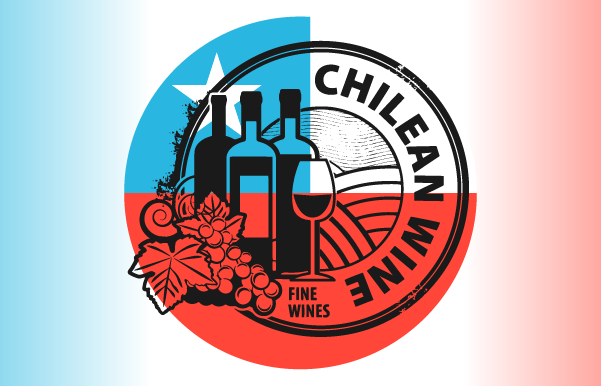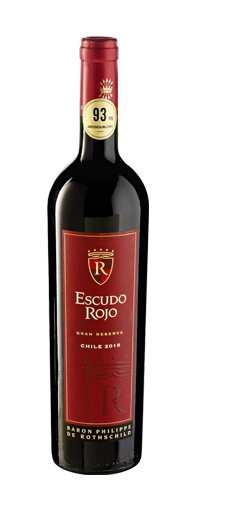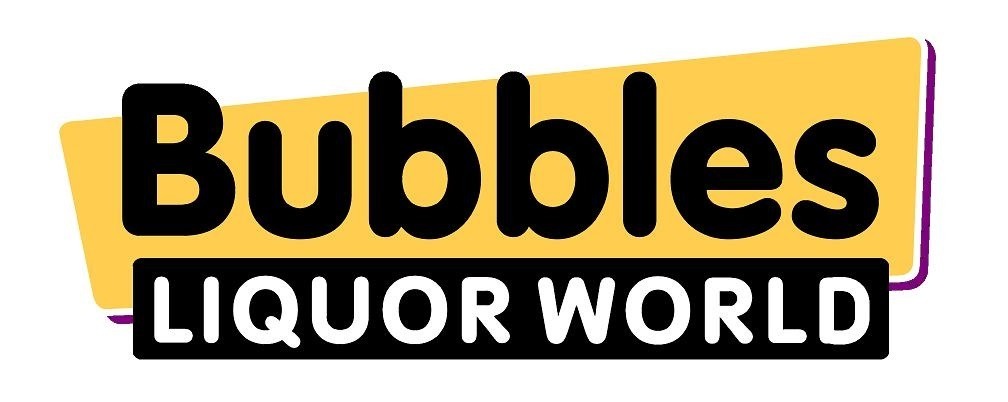(303) 468-8100

"This is very Burgundian with dried strawberries, hints of cedar and dried flowers. Some smoke. Medium body, creamy and soft tannins and a delicate but flavorful finish. Excellent value. Real pinot. Drink now or hold."
-James Suckling
Escudo Rojo Pinot Noir
750ml, $20.99

Escudo Rojo Sauvignon Blanc 750ml, $20.99

A crisp, delicious sauvignon with sliced green apples and hints of mangoes. Medium body. Fresh finish. Crunchy acidity. Creamy texture.
Escudo Rojo Gran Reserva 750ml, $24.99

A vivid red with hints of blackcurrants, sweet tobacco and nutmeg on the nose. Full body and polished tannins with linear mouthfeel and drive. A blend of mostly Cab with Carmenere, Syrah, cab Franc and Petit Verdot.
At the dawn of the 80’s, the potential of Chile as a world class wine producer was recognized by many foreign investors. Amongst the factors included in this determination is Chile’s climate, which is determined, in part, by its latitude. In the northern hemisphere the same latitude would be equivalent to that of Southern Spain or Northern Africa making it too hot for quality grape production but, the cool Humboldt Current helps to maintain a Mediterranean climate in Chile’s Central Valley. This current, combined with a low lying coastal mountain range also creates a semi-arid growing climate which helps mitigate rot and frost.
While the lack of rainfall would seem problematic, this is solved by snowmelt from the nearby Andes Mountains. Besides providing the water necessary for irrigation, the proximity of such a large mountain range also leads to large diurnal temperature swings due to cool air rushing down the mountain sides at night. This is instrumental in maintaining acidity in the grapes. The warm days and cool nights in conjunction with other climatic factors were very important in attracting outside investment.
Without outside investment from such wine luminaries as Torres, Mondavi and Lafitte, Chile would probably have still plodded along its pre 1980’s course with massive plantings of the local Pais variety and the production of prodigious amounts of plonk for local consumption. It was mainly by these outside investments and the subsequent visits by so-called “Flying Winemakers” that Chile’s potential could be recognized through the planting of international grape varieties and the introduction of modern vinification techniques. This was attractive to many European winemakers as it released them from the yoke of tradition and law in their home countries and allowed for experimentation.
Examples of beneficial changes introduced by consulting oenologists go beyond grape selection. Later picking times were encouraged to reduce the stemmy flavors encountered in early winemaking. Use of stainless steel and French and American oak were demanded instead of heavy reliance upon large barrels made of a local variety of Beech that contributed a flavor deemed unattractive by outsiders. Most important were many hygienic steps that are very often needed in developing wine regions to produce clean wines that would be deemed attractive to outside consumers.
The lack of phylloxera in Chile cannot be discounted. The lower cost of planting un-grafted plants combined with a lower reliance upon chemicals because of the climate has allowed for the production of a well-made product with great value prices. These factors have also allowed for the production of many premium products as well.
Through the above embracement of international varieties and the labeling thereof, combined with a great value driven product in the bottle, Chile has managed to grow in leaps and bounds on the world wine stage. With all of this in place, it was easy for the international firms responsible to utilize their established import chains world-wide and create the young Goliath that Chilean wine has become.
Chile's Charm
